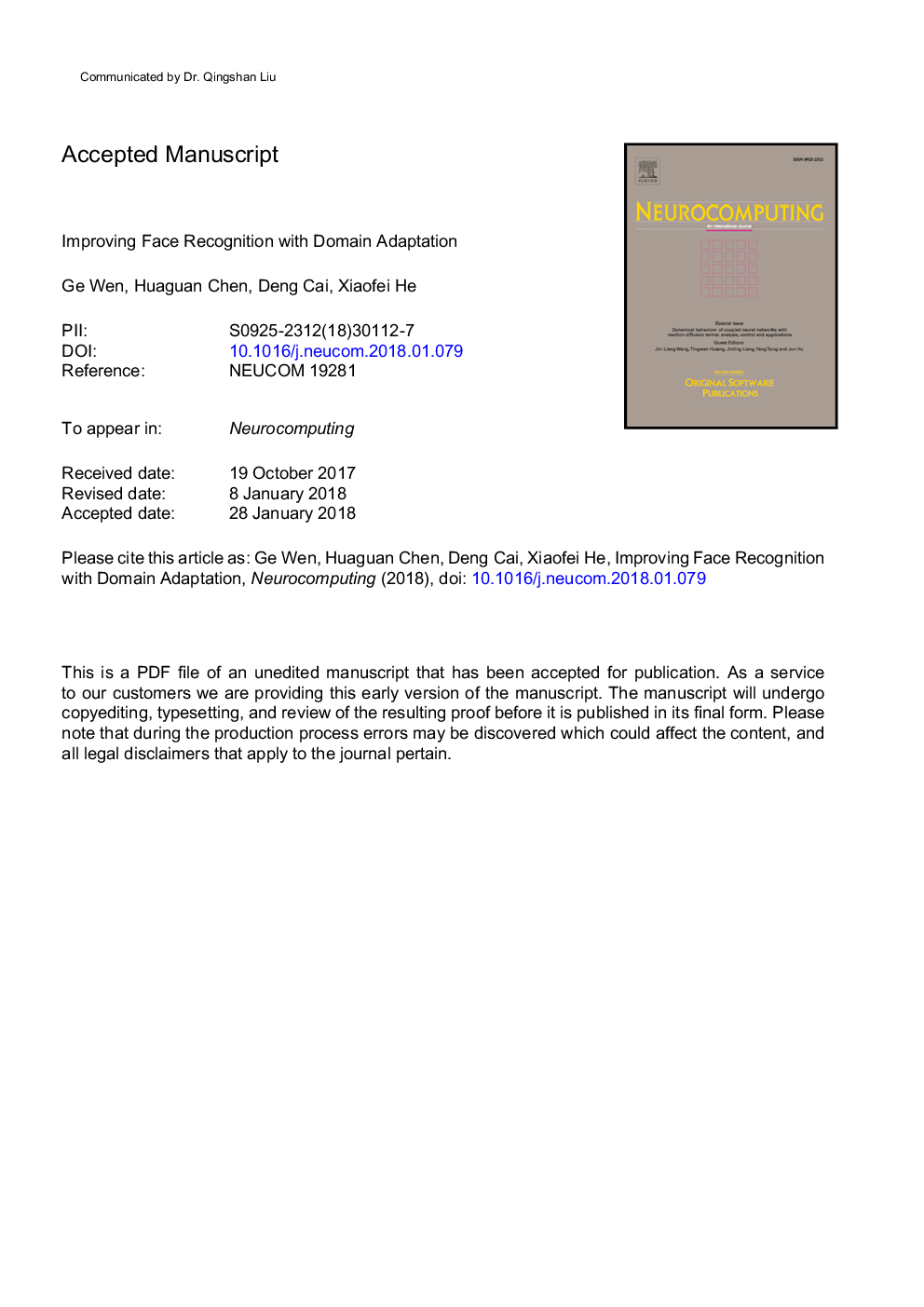| Article ID | Journal | Published Year | Pages | File Type |
|---|---|---|---|---|
| 6864359 | Neurocomputing | 2018 | 9 Pages |
Abstract
Nearly all recent face recognition algorithms have been evaluated on the Labeled Faces in the Wild (LFW) dataset and many of them achieved over 99% accuracy. However, the performance is still not enough for real-world applications. One problem is the data bias. The faces in LFW and other web-collected datasets come from celebrities. They are quite different from the faces of a normal person captured in the daily life. In other words, they are different in the face distribution. Replacing the training data with the same distribution is a simple solution. However, the photos of common people are much harder to collect because of the privacy concerns. So it is useful to develop a method that transfers the knowledge in the data of different face distribution to help improving the final performance. In this paper, we crawl a large face dataset whose distribution is different from LFW and show the improvement of LFW accuracy with a simple domain adaptation technique. To the best of our knowledge, it is the first time that domain adaptation is applied in the unconstrained face recognition problem with a million scale dataset. Besides, we incorporate face verification threshold into FaceNet triplet loss function explicitly. Finally, we achieve 99.33% on the LFW benchmark with only single CNN model and similar performance even without face alignment.
Keywords
Related Topics
Physical Sciences and Engineering
Computer Science
Artificial Intelligence
Authors
Ge Wen, Huaguan Chen, Deng Cai, Xiaofei He,
